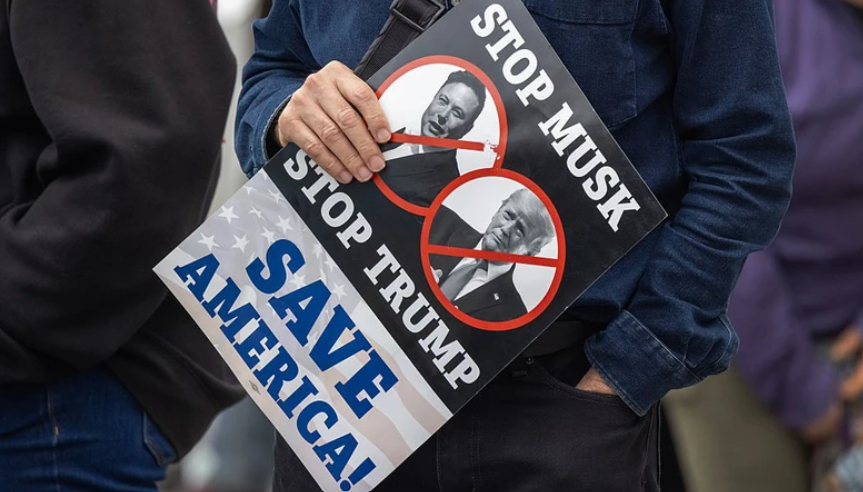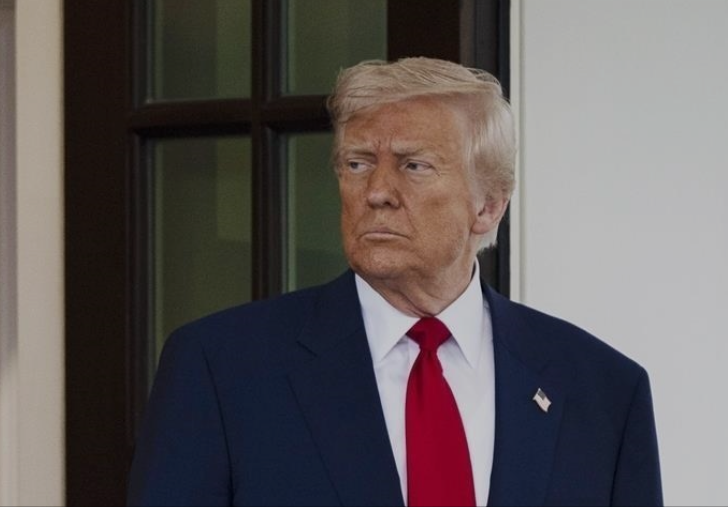Judicial intervention halts sweeping and unauthorized reorganization efforts by President Trump and Elon Musk, reinforcing the constitutional balance of power.
In a pivotal legal ruling with far-reaching implications for the integrity of the United States government, a federal judge in California has issued a temporary restraining order blocking what a broad coalition of labor unions, city governments, and nonprofit organizations have called an unconstitutional and unlawful dismantling of the federal government. The ruling, delivered late Friday by U.S. District Judge Susan Illston, halts sweeping efforts led by President Donald Trump and billionaire Elon Musk to restructure key federal agencies without congressional authorization.
Since returning to office in January, former President Donald Trump has made clear his intent to radically reshape the federal bureaucracy. Acting through a newly created “Department of Government Efficiency,” informally led by tech magnate Elon Musk, the administration initiated rapid changes affecting thousands of federal workers and numerous core functions of the government. These unilateral actions, according to plaintiffs, have thrown agencies into disarray and disrupted vital public services across the country.
Legal Challenge to Executive Overreach
The lawsuit, filed by a powerful coalition including the American Federation of Government Employees (AFGE), the American Federation of State, County and Municipal Employees (AFSCME), the Service Employees International Union (SEIU), and the cities of San Francisco, Chicago, and Baltimore, among others, argues that President Trump has vastly exceeded his constitutional authority. The legal team, representing multiple national organizations, maintains that only Congress holds the power to reorganize, downsize, or restructure federal agencies.
As Judge Illston wrote in her comprehensive 42-page ruling, “The president has the authority to propose changes to executive branch operations, but such changes must be pursued through legal means—and in cases of major restructuring, only with the formal cooperation and approval of Congress. This has been the precedent under both Republican and Democratic administrations.”
The court concluded that Trump’s actions were likely unconstitutional and risked causing irreparable harm to both government operations and the American public. “Indeed, the court holds the president likely must request congressional cooperation to order the changes he seeks, and thus issues a temporary restraining order to pause large-scale reductions in force in the meantime,” Illston stated.
Federal Court Upholds Constitutional Checks and Balances
Judge Illston, who was appointed by former President Bill Clinton, emphasized that the court would not entertain a request from the defendants to delay the restraining order’s implementation. “A temporary restraining order is, by definition, temporary,” she wrote. “Considering a stay of its execution would render the order meaningless.”
The court’s decision was welcomed by the plaintiff coalition, which said in a joint statement that the Trump administration’s attempts to reorganize the federal government were “reckless, illegal, and deeply damaging.”
“This administration’s actions have thrown critical government agencies into chaos,” the coalition declared. “We represent communities across the nation that depend on a functioning federal government. Haphazard layoffs and power grabs only endanger that stability. We’re grateful the court has intervened to stop these harmful actions before more damage is done.”
The Legal Case: Protecting Democracy from Executive Overreach
The case—described by the coalition as “the largest and most significant legal challenge to President Trump’s unilateral attempt to remake the federal government”—was filed on April 28. The lawsuit is spearheaded by a legal team including Democracy Forward, Altshuler Berzon LLP, Protect Democracy, the Public Rights Project, and the State Democracy Defenders Fund.
During an emergency hearing, attorney Danielle Leonard—arguing on behalf of the coalition—warned that the administration’s actions represented a profound separation-of-powers violation. “The president is attempting to bypass the very branch of government responsible for funding and authorizing these agencies,” Leonard stated. “This is a fundamental breach of constitutional governance.”
Leonard also criticized the administration for providing inconsistent and contradictory justifications for its actions. “They’ve been unable to cite any legal authority for such sweeping changes. It’s like an ouroboros—the snake eating its own tail,” she said, emphasizing the administration’s circular logic and disregard for legislative authority.
The Path Ahead: Next Steps in the Legal Battle
In an effort to maintain momentum, Judge Illston set a swift schedule for further proceedings. The plaintiff coalition has until next Wednesday to file a motion for a preliminary injunction, while the federal government, including President Trump and agency heads, must respond by the following Monday. Both filings are limited to 25 pages.
Even if the plaintiffs ultimately prevail in court, the battle over the structure and function of the U.S. government is far from over. With Republicans holding a narrow majority in both the House and Senate, President Trump could still seek legislative support for similar restructuring efforts—especially in the lead-up to the upcoming midterm elections.
Why This Matters: Preserving Constitutional Democracy
This case represents more than just a legal battle over federal agencies. It is a pivotal moment in the defense of the constitutional order, where the judiciary is being asked to reaffirm that even the President of the United States must operate within the limits of the law.
The court’s ruling is a reminder that executive power is not absolute. It must be exercised with respect for the Constitution, for the roles of the legislative and judicial branches, and above all, for the American people who depend on an efficient and lawful government.



